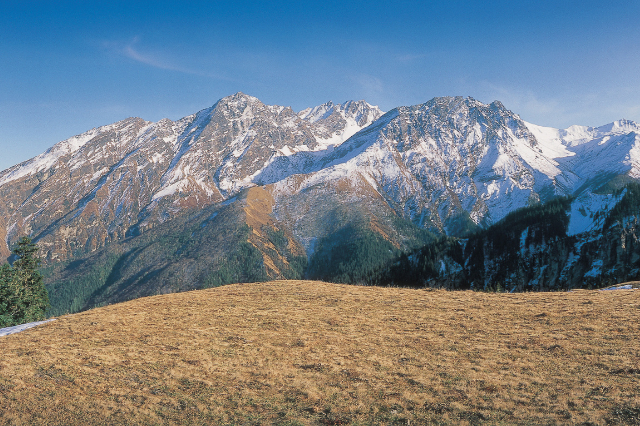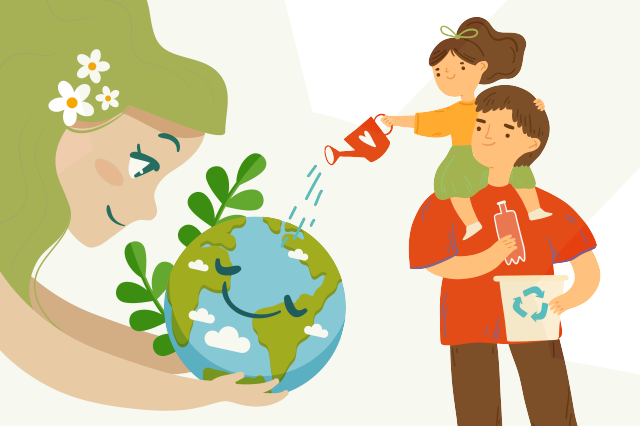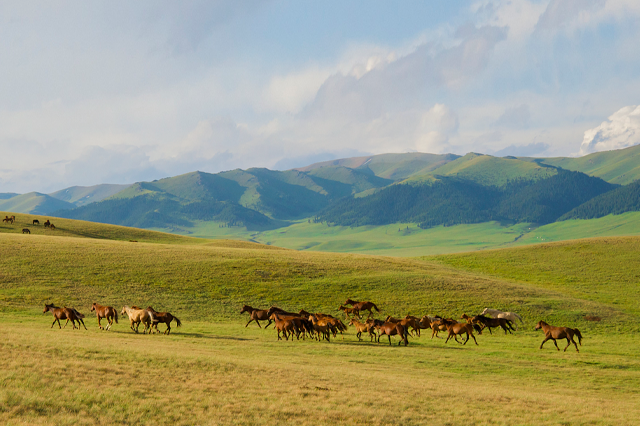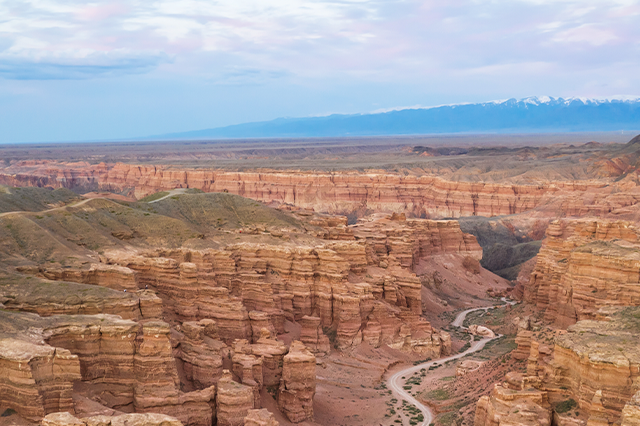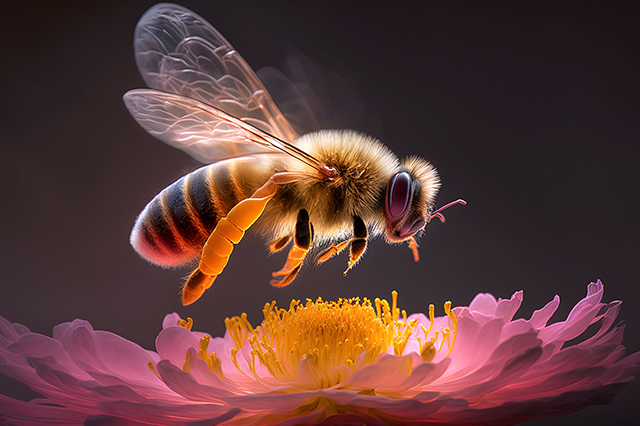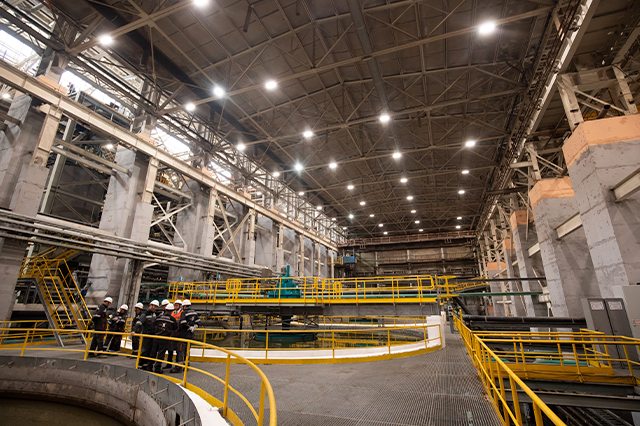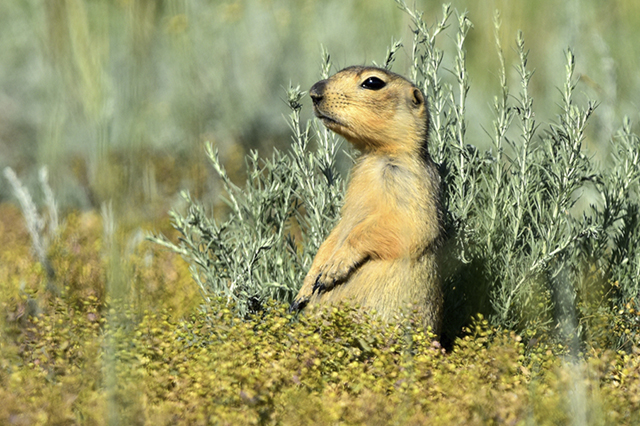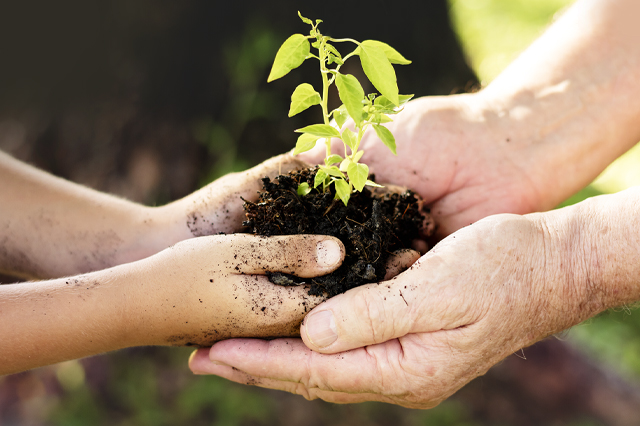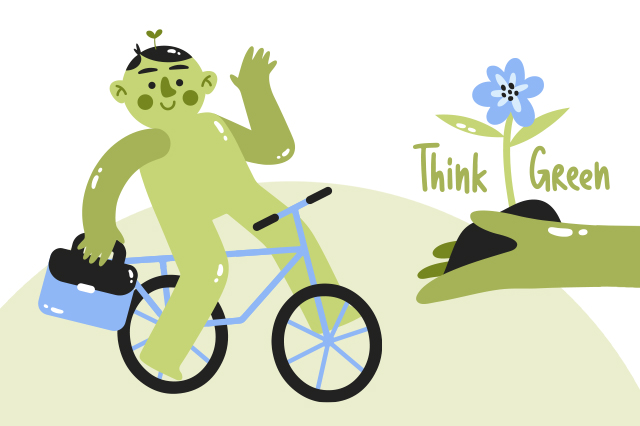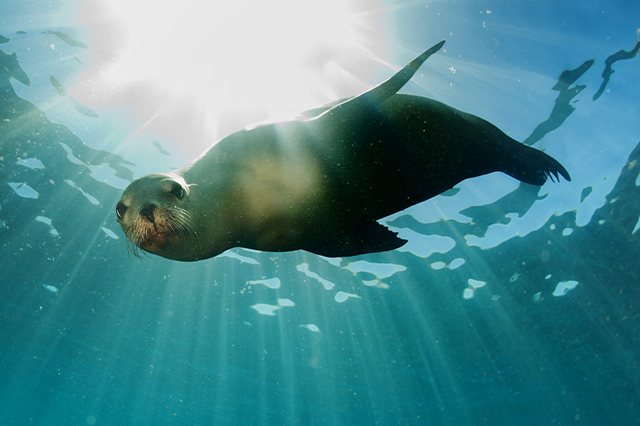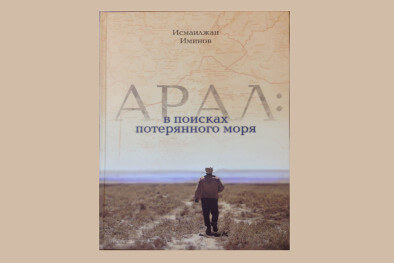As the verdant, windswept steppe stretches out beneath the golden light of the setting sun, it paints an evocative portrait of Kazakhstan's rich natural beauty. From the towering Tian Shan mountain range in the southeast to the Caspian Sea's salt-kissed shores, the expansive geographical variety of our homeland is unrivaled.
Yet, as we traverse into an era of growing ecological uncertainty, instilling inherent respect and understanding for our environment within our children has become paramount. Herein lies the connection between early childhood development and environmental awareness, which has emerged as a critical facet of contemporary education.
#1: Building Environmental Awareness through Everyday Activities
Raising environmentally conscious children begins with incorporating green habits into their everyday routines. Simple acts such as turning off lights when not in use, recycling waste, and reusing water can cultivate a conscious mindset. Regular conversations about environmental conservation can foster an understanding of the impact of their actions on our Earth. Stories about the Aral Sea's transformation, or how the Ile-Alatau National Park protects unique flora and fauna, can stir children's imagination and interest.
#2: Connecting with Nature
Kazakhstan’s vast and varied landscapes provide many opportunities to engage children with nature. Regular family trips to places such as the Aksu-Zhabagly Nature Reserve or bird watching on the shores of Lake Balkhash can transform abstract concepts into tangible experiences. These encounters can spark curiosity and inspire children to preserve our homeland's natural wonders.
#3: Incorporating Environmental Education into Curriculum
Embedding environmental awareness within our educational system is critical. Educators can integrate topics like local biodiversity, climate change, or sustainable farming practices from kindergarten onwards into the curriculum. Fun, interactive learning experiences like planting trees or creating mini-greenhouses can encourage kids to preserve the environment actively.
#4: Utilizing Technology for Environmental Education
Today's generation is technology-oriented. Apps and games that teach about environmental sustainability can be a valuable resource for children. Interactive digital platforms could allow children to explore virtual Kazakh landscapes, learn about local endangered species, or understand the environmental implications of urbanization in cities like Almaty or Nur-Sultan.
#5: Encouraging Participation in Environmental Initiatives
Children should be encouraged to participate in community environmental initiatives. Joining local clean-up drives, tree-planting events, or conservation campaigns can give them a sense of accomplishment and responsibility. By experiencing firsthand the impact they can make, children become more invested in the future of their environment.
#6: Role of Parents and Guardians
Lastly, as adults, our actions often speak louder than words. By modeling sustainable behaviors such as reducing energy consumption, maintaining a garden, or advocating for environmental causes, we can indirectly impart these values to our children. Children often emulate what they see, making us their most influential teachers.
While the environmental challenges we face are monumental, the resilience and adaptability of our children give us hope. By nurturing ecological awareness from a young age, we invest in their future and our beautiful Kazakhstan's continued prosperity and preservation.
Remember, as the Kazakh proverb goes, "The country's future lies in the hands of its children." We are securing a sustainable future for the Land of the Great Steppe by guiding them toward a path of environmental consciousness. So let's pledge to raise our children as responsible stewards of the environment, carrying forward the legacy of Kazakhstan's deep-rooted respect for Mother Nature.



